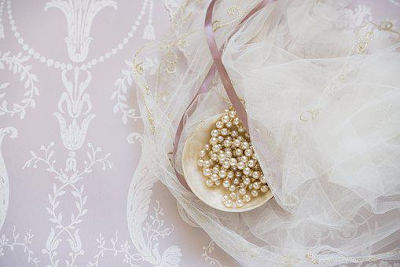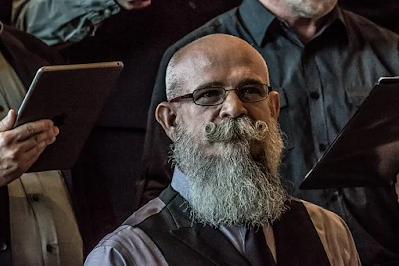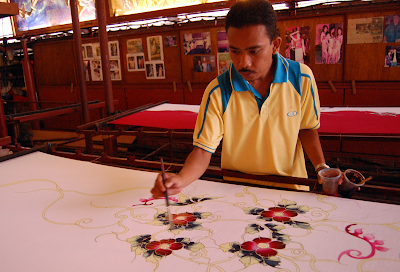Featured
- Get link
- X
- Other Apps
Ball Dress
A ball dress is simply a gown worn at a formal dance or ball. Beyond this fundamental definition, the conventions around suitable ball attire are quite complex.
A ball gown, the most ostentatious kind of evening attire, serves to captivate onlookers and enhance a woman's femininity.
Ball dresses often include exposed arms, a low décolletage, a tight bodice, and tall, puffy skirts.
Ball gowns may be distinguished from conventional evening wear by their elaborately created surfaces, which often have many layers of swags and puffs as well as trim elements like ribbons, rosettes, and fake flowers.
Additionally, because of the very large and billowing skirts, ball dresses allow a lady to occupy more space.
Surfaces of fabrics range from glossy to matte, rough to smooth, and flexible to stiff.
From the corsets and petticoats of the nineteenth century to the control-top pantyhose and padded bras of the twenty-first century, undergarments have played a crucial part in altering the natural shape of the body into the desired form throughout the years.
Historical Importance
Balls have been a tradition among royalty and the affluent since the Middle Ages.
The ball made a comeback as a popular form of entertainment for the upper and middle classes in the mid-1800s.
The ball functioned as a way to connect individuals from similar socioeconomic backgrounds during the 1800s, often in order to introduce young people who were ready to be married and single men and women.
By the middle of the nineteenth century, coming-out balls, debutante balls, or cotillion balls had become commonplace occasions.
They have persisted in one form or another into the twenty-first century, with the high school prom serving as a more middle-class and democratic variant.
Ball gowns were more widely manufactured and evolved as a subcategory of evening wear as the popularity of the ball grew.
Huge skirts and small waistlines were popular throughout the first part of the nineteenth century, and the ball gown adopted these features.
In the ballroom, ladies glided over the floor as if they were floating on air, making gorgeous use of bouffant skirts.
Competition for the most lavish dress has always been a key component of the occasion at all social levels and throughout the ages since the best ball gown may attract the interest of the most eligible suitor.
Present-Day Use.
Ball gowns, the most lavish evening attire, are a representation of young women's amorous fantasies.
Children are taught the grandeur and fantasy of the ball, replete with an appropriate full-skirted gown and a gorgeous prince, in well-known fairy tales like Cinderella and Beauty and the Beast.
Our cultural awareness is reinforced and expanded to include these concepts.
Gowns for contemporary occasions like weddings (bride and bride's attendants), high school proms, and the most formal of evening parties clearly display the characteristics of the classic ball gown.
It should come as no surprise that designers of modern ball dresses continue to accentuate feminine curves while also taking inspiration from vintage forms of spacious and ornately embellished skirts, turning the wearer into a piece of art.
Find Jai on Twitter | LinkedIn | Instagram
See also:
Evening Dress
References And Further Reading:
Boucher, François. 20,000 Years of Fashion: The History of Costume and Personal Adornment. New York: Harry N. Abrams, 1987.
Laver, James. Costume and Fashion: A Concise History. London: Thames and Hudson, 1982.
Milbank, Caroline Rennolds. New York Fashion: The Evolution of American Style. New York: Harry N. Abrams, 1989.
Payne, Blanche, Geitel Winakor, and Jane Farrell-Beck. The History of Costume. 2nd ed. New York: HarperCollins, 1992.
Russell, Douglas A. Costume History and Style. New Jersey: Prentice-Hall, 1983.
Steele, Valerie. Women of Fashion: Twentieth-Century Designers. New York: Rizzoli International, 1991.
—. Fifty Years of Fashion. New Haven, Conn., and London: Yale University Press, 2000.
—. The Corset. New Haven, Conn., and London: Yale University Press, 2001.
Watson, Linda. Vogue: Twentieth Century Fashion. London: Carlton Books Ltd., 1999
- Get link
- X
- Other Apps











